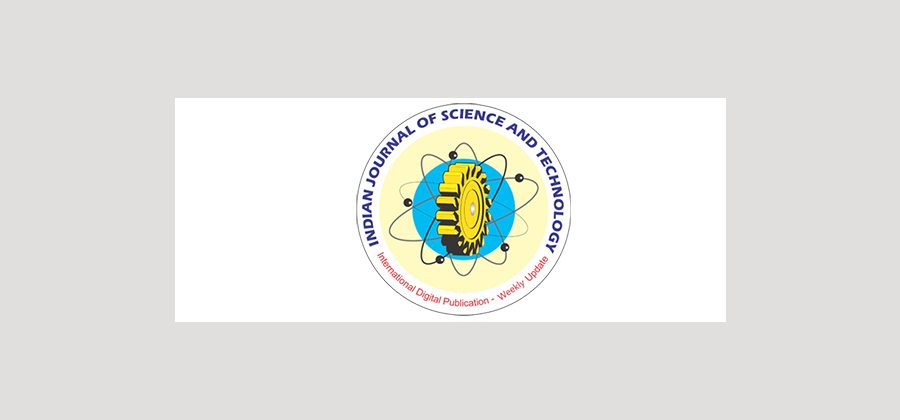


Indian Journal of Science and Technology
DOI: 10.17485/ijst/2017/v10i45/110582
Year: -0001, Volume: 10, Issue: 45, Pages: 1-11
Original Article
Cheikh Amadou Bamba Dath*, Aliou Niane, Modou Mbayeand Ndeye Arame Boye Faye
Laboratoire Atomes Lasers, Faculte des Sciences et Techniques, Universite Cheikh Anta Diop de Dakar (UCAD) ; [email protected], [email protected], [email protected], [email protected]
*Author For Correspondence
Cheikh Amadou Bamba Dath
Laboratoire Atomes Lasers, Faculte des Sciences et Techniques, Universite Cheikh Anta Diop de Dakar (UCAD) ; [email protected]
Objectives: Free-Space Optics (FSO) can provide high data rate, up to 10 Gbps. The performances of FSO systems are generally affected by weather conditions. In that paper we establish percentages of availabilities, the power margins and optimal link ranges of some FSO systems, for different strong meteorological conditions in Senegal. Methods/Statistical Analysis: Received signal and availability of FSO links are subjected to link distance and meteorological conditions like, clear atmosphere, rain, and sandstorm or in presence of heavy dust. In this paper we investigate the effects of weather conditions on the performance of FSO links, taking the climate of Senegal as a case study. However, the effect of turbulence induced irradiance fluctuation, varying beam divergence angle and misalignment conditions, and their impacts on the performances of the FSO systems were analyzed and estimated. Based on visibilities data recorded from 2003 to 2014, particular FSO link optimization’s simulation cases were analyzed, in terms of power margin, availability and maximum distance. The results were performed by a lognormal distribution with good precision of the tests of correlations. Findings: Range and availability of optical link for different weather conditions are established easily and with high precision. As there is no known study on the effects of weather conditions in this country, this paper offers an attempt to analyze and identify the challenges related to the deployment and optimization of FSO systems under Senegalese’s weather. Application/Improvements: For more flexibility, we forecast using an application programming interface to make easy use of the modeling approach by professional and academic actors. We plan to extend the study in all the cities in Senegal and for the Sahel region.
Keywords: FSO Link Margin, Geometric Losses, Link Availability, Mispointing Losses, Rain Losses, Scintillation Effects
Subscribe now for latest articles and news.